Health and Wellness Trends
The growing emphasis on health and wellness is significantly impacting the Automated Hydroponic Gardening System Market. Consumers are increasingly seeking ways to incorporate fresh, organic produce into their diets, which has led to a rise in home gardening initiatives. Hydroponic systems enable individuals to grow their own food, ensuring that it is free from pesticides and other harmful chemicals. Market Research Future suggests that the organic food market is expected to reach a valuation of over 300 billion dollars by 2025, further driving interest in home gardening solutions. This trend aligns with the broader movement towards healthier lifestyles, positioning the Automated Hydroponic Gardening System Market as a key player in the health and wellness sector.
Technological Advancements
The Automated Hydroponic Gardening System Market is experiencing a surge in technological advancements that enhance efficiency and productivity. Innovations such as IoT integration, AI-driven monitoring systems, and automated nutrient delivery systems are becoming increasingly prevalent. These technologies allow for real-time data collection and analysis, enabling growers to optimize conditions for plant growth. According to recent data, the adoption of smart gardening solutions is projected to increase by over 25% in the next five years. This trend indicates a growing preference for systems that not only simplify gardening but also maximize yield and resource efficiency. As technology continues to evolve, the Automated Hydroponic Gardening System Market is likely to attract more consumers seeking modern solutions for sustainable agriculture.
Environmental Sustainability
The focus on environmental sustainability is a key driver for the Automated Hydroponic Gardening System Market. Hydroponic systems utilize significantly less water compared to traditional soil-based agriculture, making them an attractive option for eco-conscious consumers. Additionally, these systems can be implemented in urban settings, reducing the carbon footprint associated with transporting food over long distances. Recent studies indicate that hydroponic systems can use up to 90% less water than conventional farming methods. This sustainability aspect resonates with a growing demographic that prioritizes environmentally friendly practices. Consequently, the Automated Hydroponic Gardening System Market is likely to see increased investment and interest from both consumers and businesses aiming to adopt greener practices.
Rising Demand for Fresh Produce
The Automated Hydroponic Gardening System Market is significantly influenced by the rising demand for fresh and locally grown produce. Consumers are increasingly aware of the benefits of fresh vegetables and herbs, leading to a shift in purchasing habits. This trend is particularly evident in urban areas, where access to fresh produce can be limited. The market for hydroponically grown crops is expected to grow at a compound annual growth rate of approximately 20% over the next few years. This growth is driven by the desire for healthier food options and the convenience of having fresh produce available at home. As a result, the Automated Hydroponic Gardening System Market is poised to expand, catering to the needs of health-conscious consumers.
Urbanization and Space Constraints
Urbanization is a driving force behind the growth of the Automated Hydroponic Gardening System Market. As more people move to cities, the availability of space for traditional gardening diminishes. Hydroponic systems offer a viable solution for urban dwellers, allowing them to cultivate plants in limited spaces such as balconies, rooftops, and small backyards. The trend towards urban gardening is expected to continue, with projections indicating that urban populations will increase by over 60% by 2050. This demographic shift creates a substantial market opportunity for automated hydroponic systems that cater to the needs of city residents. The Automated Hydroponic Gardening System Market is thus well-positioned to capitalize on this trend, providing innovative solutions for urban agriculture.


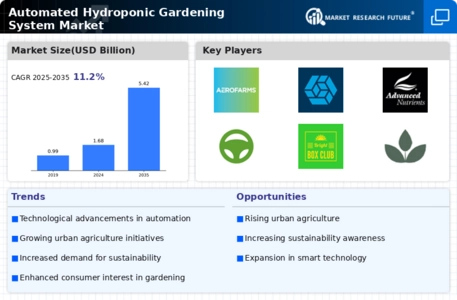
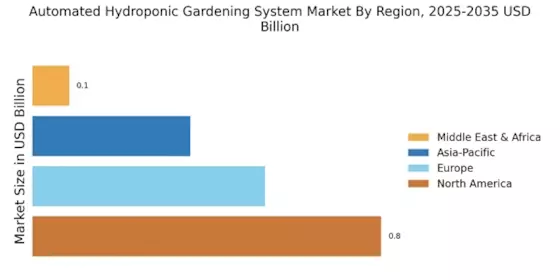
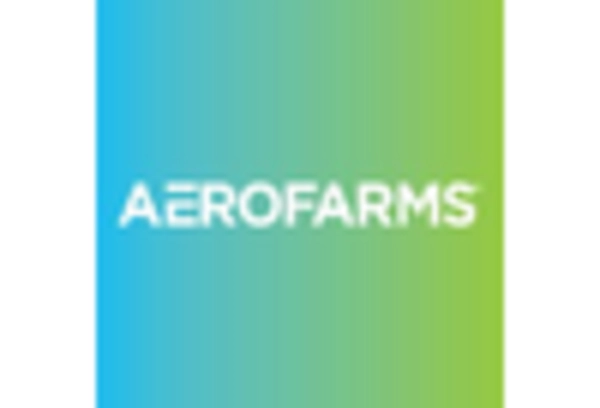
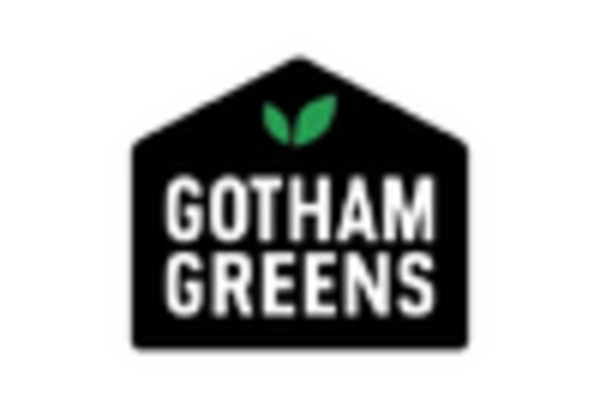

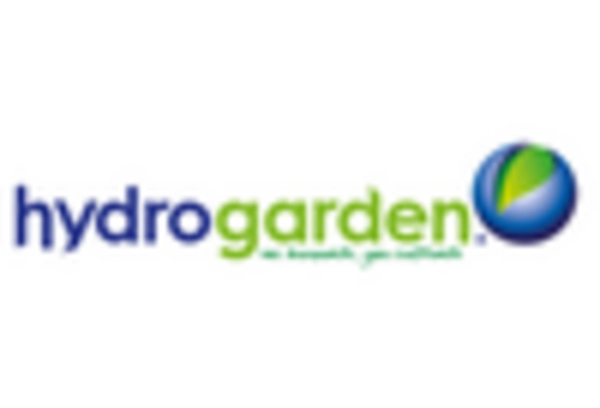
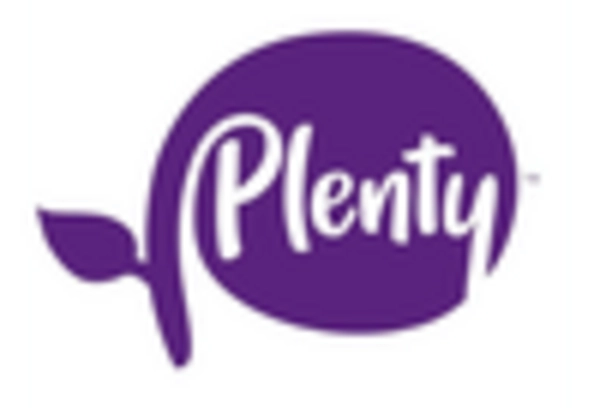
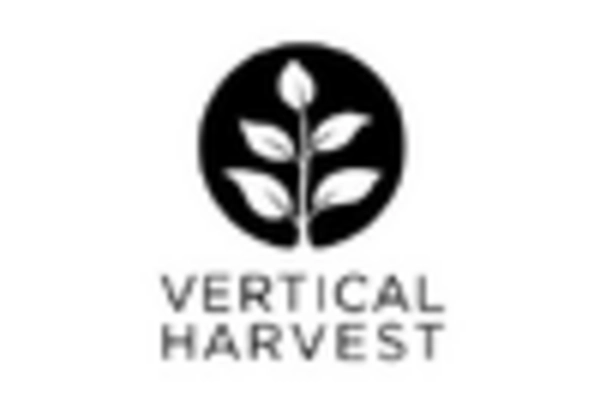








Leave a Comment